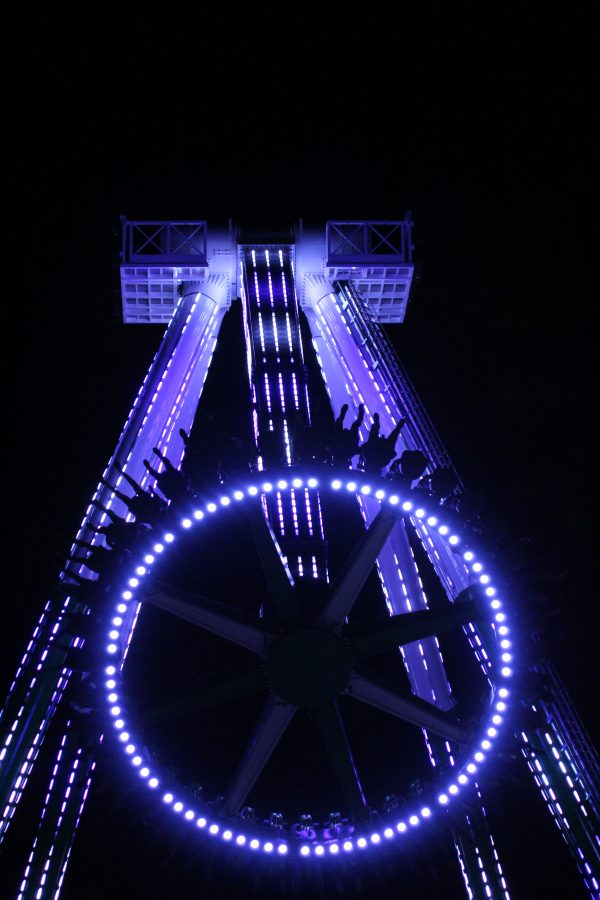Researchers in the UTSA Department of Management Science and Statistics Wenbo Wu and Mark Leung, and undergraduate student Dayanira Mendoza studied different approaches to combating the waiting times at theme parks.
“The course work in business analytics and supply chain; operations management programs further stimulate students’ interest in attacking these real-world problems,” Leung and Wu said via email. “This data analytics project is a prime example of a UTSA faculty-student collaboration bringing textbook theories and useful techniques in class to improve the experience of amusement park goers (the demand side) as well as the park operators (the supply side). For example, given UTSA’s proximity to major amusement parks such as Six Flags (Fiesta Texas) and SeaWorld, faculty and students at the College of Business are always inspired to improve the operations and thus the business profitability of the theme parks.”
Using a data set from 2012 to 2018, the researchers developed a statistical model allowing them to predict the expected average daily waiting times at Disney’s Orlando theme parks. They studied a sample of 13 rides over 17 seasons to build their model, evaluating the differences in the wait time based on the current season.
“Theme parks are service businesses,” Wu said. “Data analytics is a useful tool to improve both tourist experience and service operations provided by the theme parks. Modern business management tools include data-driven observations and findings, instead of guessing or going off perception. Through my research, I believe businesses need to maintain a good balance between customer experience and profitability and come up with plans to improve their measures and account for possible trade-offs. For example, shorter waiting times translate into higher customer satisfaction but also higher cost to operate.”
The research concluded that the popularity of a ride was based on the season and that December was a peak season, while September was a low season. In March, June, July and August, waiting times are longer during the weekdays than on weekends. In the other months, the opposite is true. The study also helped identify the most popular rides as well.
“Essentially, all amusement parks share a common set of service operation principles such as waiting system management, staffing, scheduling, service positioning, customer service quality control, to name a few,” Wu said. “Although the specific results from the Disney World analytics in the current study cannot be directly projected to other amusement parks, the general concepts related to service operations and management are all applicable to other parks, including Six Flags (Fiesta Texas) and SeaWorld. Further, the techniques used for analyzing the Disney World data are fully transferable to analyses associated with other theme parks.”
The researchers can use this data to make a recommendations report to Disney or other theme parks to do the following things:
“Theme park operators such as Disney can use the outcomes from predictive analytics to innovate new or enhance existing operations,” said Leung. “The results also provide guidance on more effective waiting system design, capacity planning, manpower and ride scheduling as well as revenue management. As a consequence, better service operations will lead to higher customer satisfaction.”
There is also practical application to this data because Mendoza could learn time management, which is a skill that is attributable to many areas of the academic sphere.
“Amusement park is a service-oriented business. Almost all concepts, theories and models utilized in service operations management are applicable in this context. The data analytics methods adopted and presented in the Disney World study can be used for the analysis of service operations found in other organizations, such as Walmart, H.E.B., McDonald’s, etc.,” Wu and Leung said via email. “The goal is to enhance customer service and satisfaction while improving the revenue and profit through better planning and management of the service operating systems.”












